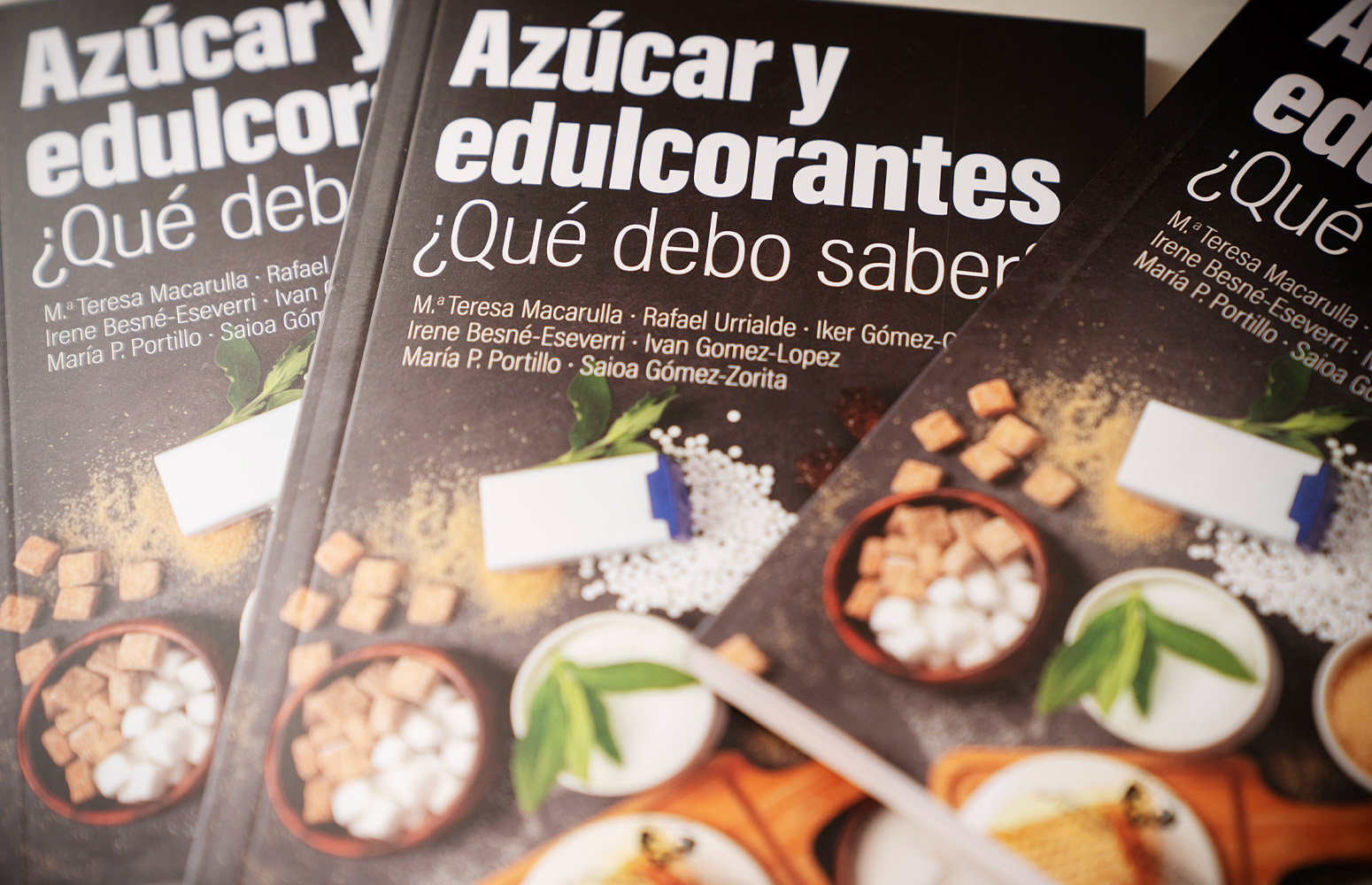Over a hundred researchers (122), with various Nobel prize winners among them, from 82 research centres spread across 22 countries, have put their names to ‘The Science Bridge’, a statement to promote collaboration between the different cultures of the Middle East and West. The article has been published by the scientific journal Neuron. Researchers from the UPV/EHU-University of the Basque Country figure among those who have signed. So far it has received the support of over 200 science people from across the world, 29 of whom are Nobel prize winners.
-

In memoriam: Arturo Muga
-

Violeta Pérez Manzano: «Nire ahotsa ijito bakar batengana iristen bada eta horrek inspiratzen badu, helburua bete dut»
-

In memoriam: German Gazteluiturri Fernández
-

Itsasoaren gainazalaren tenperatura-igoerak aldaketa sakonak eragin ditu makroalgen komunitateetan
-

Azukrea eta edulkoratzaileak. Zer jakin behar dut?
Building bridges through Science
Over a hundred researchers are promoting ‘The Science Bridge’ initiative to build a better world and eradicate disease
- Research
First publication date: 08/01/2018

“The Ikerbasque lecturer Mazahir Hasan of the Achucarro Basque Center for Neuroscience has promoted this initiative,” explained Olga Peñagarikano, a researcher in the UPV/EHU’s Department of Pharmacology and one of the UPV/EHU people who have signed. “Those of us who have put our names to the article are hoping to build bridges, through science, between different cultures in order to build a more connected world by working together towards a common aim.” In this respect, the article’s author Mazahir Hasan pointed out that “as seekers of knowledge, the people who work in science are ambassadors of humanity, and the possibility of uniting the world lies in their hands when they creatively take advantage of the power of different cultures and international collaboration, thus striving to eradicate human disease.”
The article ‘The Science Bridge’ has been signed by researchers from centres and universities located in Germany, Australia, Bahrain, Egypt, Spain, the United States, France, Iran, Ireland, Israel, Italy, Japan, Morocco, Mexico, Norway, Qatar, the Netherlands, Pakistan, the United Kingdom, Sweden, Switzerland and Turkey; and the article opens thus: “Science is ideally suited to connect people from different cultures and thereby foster mutual understanding. To promote international life science collaboration, we have launched "The Science Bridge” initiative. Our current project focuses on partnership between Western and Middle Eastern neuroscience communities.” In this respect, the initiative will be developed in two phases, as Olga Peñagarikano pointed out. “Right now, there is participation in different events of a scientific nature with the aim of publicising the initiative and promoting collaboration in life sciences and, with a very special emphasis, on research into the brain. Initially, the aim is to raise funds to organise exchange programmes and collaborative projects. In the second phase ‘Twin Institutes’ will be set up, one located in a western country and the other in a country in the Middle East or Southeast Asia. That way, the two institutes will be able to benefit each other by doing complementary research, thereby encouraging open dialogue and the exchange of ideas.”
The document provides an overview of the intercultural exchange that took place during the Middle Ages, the “Golden Age” of Arab and Persian cultures. It was a historic model of tolerance and the free exchange of ideas that right now could provide a reference to bring together the cultures of the West, the Middle East and South Asia through science. “Science could facilitate the building of peace and reconciliation. And neuroscience is particularly suited to promoting open, collaborative communication and the encouragement of diversity,” as the article points out.
For further information about ‘The Science Bridge’ initiative, the www.thesciencebridge.org website can be visited and an email can also be sent to info@thesciencebridge.org
Bibliographic reference
- Building Bridges through Science
- Neuron (2017/11)
- DOI: 10.1016/J.NEURON.2017.09.028


